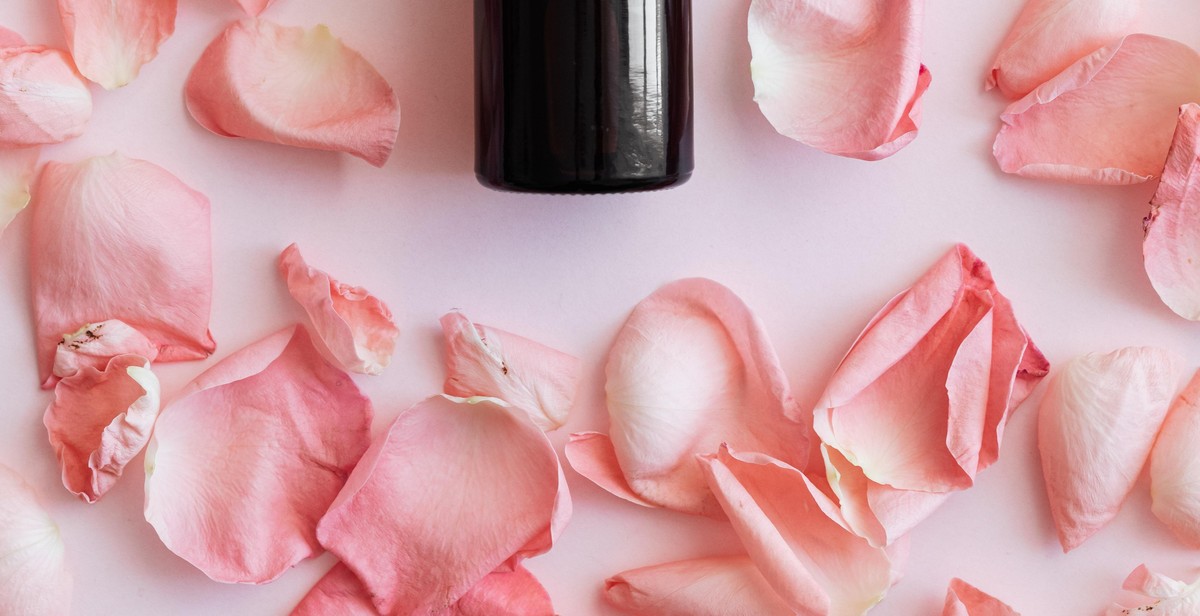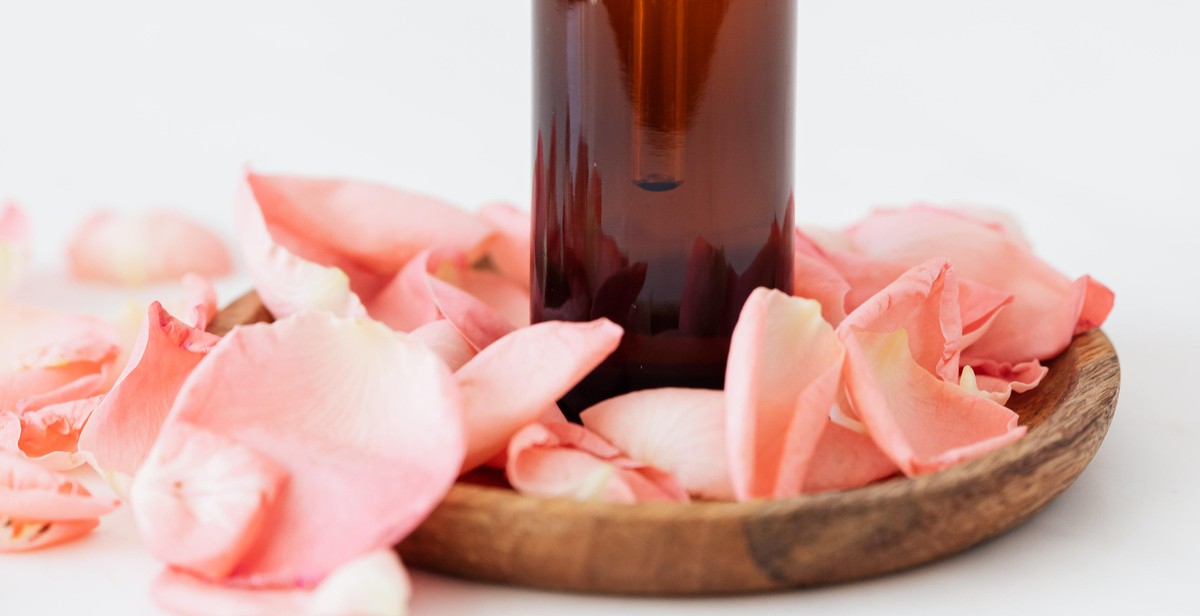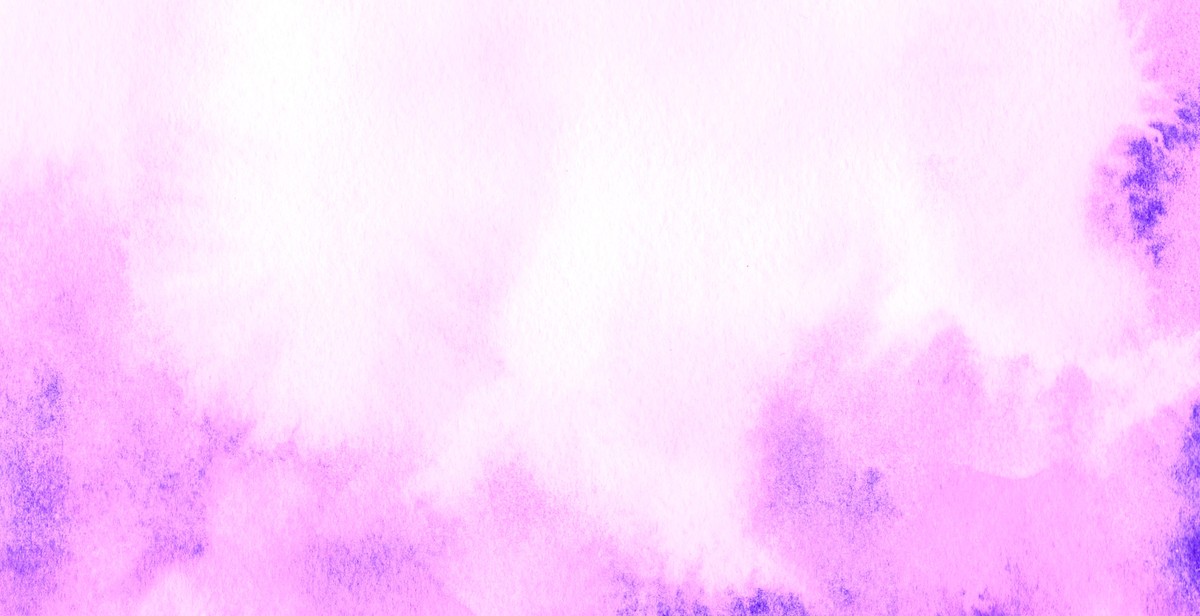How to Paint a Realistic Portrait with Oil Pastel Blending
If you’re looking for a unique and versatile medium to create realistic portraits, oil pastels may be just what you need. Oil pastels are a type of painting medium that consists of pigment mixed with a binder, usually wax. They are known for their vibrant colors and smooth texture, which makes them perfect for creating realistic portraits.
Why Oil Pastels?
There are several reasons why oil pastels are a great choice for portrait painting:
- Color intensity: Oil pastels are known for their bright and intense colors, which can be blended together to create a wide range of shades and tones.
- Texture: Oil pastels have a creamy texture that can be easily blended and manipulated to create smooth, realistic skin tones.
- Flexibility: Oil pastels can be used on a variety of surfaces, including paper, canvas, and even wood.
- Drying time: Unlike traditional oil paints, oil pastels do not require a lengthy drying time, which means you can work on your portrait without having to wait for the paint to dry.
Overall, oil pastels are a versatile and unique medium that can be used to create stunning, realistic portraits. With some practice and patience, you can learn how to blend colors and create texture to bring your portraits to life.

Materials Needed
Before embarking on a painting project, it is important to have all the necessary materials at hand. For this oil pastel portrait painting tutorial, the following materials are required:
Oil Pastels
The first essential material for this project is oil pastels. Oil pastels are a type of painting medium made from a mixture of pigment, wax, and oil. They are known for their creamy texture and vibrant colors, making them an ideal choice for portrait painting. Some recommended brands of oil pastels include Sennelier, Holbein, and Caran d’Ache.
Paper
The type of paper used for oil pastel portrait painting is also crucial. It is recommended to use a heavy, textured paper with a weight of at least 140 lb. Some popular options include Canson Mi-Teintes paper and Strathmore 400 series paper.
Drawing Board
A drawing board or a firm surface to work on is necessary to prevent the paper from wrinkling or bending during the painting process. A piece of foam board or a Masonite board can be used as a drawing board.
Blending Tools
Blending tools are used to blend and smooth out the colors in the portrait. Some recommended blending tools include blending stumps, tortillions, and cotton swabs. A colorless blender pencil can also be used to blend colors together.
| Materials | Recommended Brands |
|---|---|
| Oil Pastels | Sennelier, Holbein, Caran d’Ache |
| Paper | Canson Mi-Teintes, Strathmore 400 series |
| Drawing Board | Foam board, Masonite board |
| Blending Tools | Blending stumps, tortillions, cotton swabs, colorless blender pencil |

Preparing the Workspace
Painting a realistic portrait with oil pastel blending requires a neat and organized workspace. Before you begin, ensure that your workspace is clean and free from any distractions that may interfere with your painting process. Here are some essential steps to prepare your workspace:
Setting Up the Drawing Board
The first step in preparing your workspace is to set up your drawing board. The drawing board should be sturdy and level to prevent any wobbling or movement during the painting process. You can use a wooden board or a firm cardboard as your drawing board. If you are using an easel, make sure it is stable and secure.
Choosing the Right Paper
The type of paper you use for your oil pastel portrait painting is crucial to the final outcome. The paper should have a smooth and even surface to allow the oil pastels to blend seamlessly. Additionally, the paper should be thick enough to withstand the pressure and layers of oil pastel. It is recommended to use a high-quality drawing paper or pastel paper with a weight of at least 140 lb.
Another factor to consider when choosing the right paper is the color. The paper color can affect the overall tone of your painting. For instance, a white paper will give you a brighter and more vibrant painting, while a toned paper will give you a more subdued and muted painting.
Once you have set up your drawing board and chosen the right paper, you are ready to start painting your realistic portrait with oil pastel blending.

Sketching the Portrait
Before you start painting, it is important to sketch out the basic shapes of the portrait. This will help you to get a better idea of the proportions and placement of the features. Here are some tips on how to sketch the portrait:
Choosing the Right Reference Photo
The first step in sketching the portrait is to choose the right reference photo. Make sure that the photo is clear and has good lighting. It is also important to choose a photo that has a good composition and shows the subject in a natural pose.
Sketching the Basic Shapes
Once you have chosen your reference photo, it is time to start sketching. Begin by drawing a line down the center of the face to help you to place the features symmetrically. Then, sketch out the basic shapes of the face, such as the shape of the head, the eyes, nose, mouth, and ears. Remember to keep your lines light and loose, as you will be refining them later.
You can also use a proportional divider to help you get the proportions right. This tool will help you to measure the distance between the features and ensure that they are in the correct position.
Once you have sketched out the basic shapes, you can start to refine your drawing. Add more detail to the features and adjust the proportions as necessary. Remember to keep your lines light and erase any mistakes as you go.
Sketching the portrait is an important step in creating a realistic and accurate painting. Take your time and don’t be afraid to make mistakes. With practice, you will improve your sketching skills and be able to create more detailed and lifelike portraits.

Blending Techniques
Blending is an essential aspect of creating a realistic portrait with oil pastels. There are several techniques you can use to blend colors effectively:
Layering Colors
One of the simplest blending techniques is layering colors. Start by applying a base color to your canvas, then layer additional colors on top. Use a light hand and build up the layers gradually to create a smooth transition between colors.
Blending with Fingers
Blending with your fingers is another effective technique. Start by applying the colors you want to blend side by side on your canvas. Then, use your fingers to gently blend the colors together. This technique is particularly useful for creating soft, subtle transitions between colors.
Blending with a Tortillon
A tortillon is a tightly rolled paper tool that can be used to blend colors. To use a tortillon, apply the colors you want to blend side by side on your canvas. Then, use the tortillon to gently blend the colors together. This technique is great for creating fine details and textures in your portrait.
Blending with a Colorless Blender
A colorless blender is a specialized tool that is designed to blend oil pastels. To use a colorless blender, apply the colors you want to blend side by side on your canvas. Then, use the blender to gently blend the colors together. This technique is particularly useful for creating sharp, defined edges in your portrait.
Experiment with these blending techniques to find the ones that work best for you. With practice, you’ll be able to create stunning, realistic portraits with oil pastels.

Adding Details
Once you have blended your base colors together, it’s time to add details to your portrait. One of the best tools for adding fine details is a fine-tipped pastel. This will allow you to add precise lines and small details to your portrait.
Using a Fine-Tipped Pastel
When using a fine-tipped pastel, it’s important to have a steady hand. You can use the pastel to add fine lines for hair, wrinkles, and other small details. You can also use it to add texture to clothing or other objects in your portrait.
When using a fine-tipped pastel, it’s important to use a light touch. You don’t want to press too hard, as this can create unwanted smudges or lines. Take your time and work slowly to create the desired effect.
Adding Highlights and Shadows
Another important step in adding details to your portrait is adding highlights and shadows. This will give your portrait depth and dimension. To add highlights, use a lighter shade of pastel and apply it to the areas where the light hits your subject. To add shadows, use a darker shade of pastel and apply it to the areas where the light doesn’t hit.
You can also use a blending tool to blend the highlights and shadows into the base colors. This will create a more realistic effect and make your portrait look more lifelike.
Remember, when adding details to your portrait, it’s important to work slowly and carefully. Take your time and don’t rush the process. With practice, you’ll be able to create stunning portraits that capture the essence of your subject.

Finishing Touches
After completing your oil pastel portrait, it’s important to take the necessary steps to preserve and display your artwork. Here are some finishing touches to consider:
Fixative Spray
Using a fixative spray is crucial for protecting your oil pastel portrait from smudging and fading. A fixative spray creates a barrier over the surface of your artwork, preventing it from being damaged by moisture, dust, or other environmental factors. Apply the spray in a well-ventilated area, holding the can about 10-12 inches away from the artwork. Allow the spray to dry completely before handling the portrait.
Signing
Signing your artwork is a way to add a personal touch and also to claim ownership. Sign your portrait in the bottom right-hand corner with a pencil or oil pastel. Make sure the signature is legible and blends in with the rest of the artwork.
Framing
Framing your portrait is a great way to showcase your artwork and protect it from damage. Choose a frame that complements the colors and style of your portrait. A professional framer can help you select a frame that will enhance your artwork. Make sure to use acid-free matting and UV-protective glass to prevent fading and discoloration over time.
- Use a fixative spray to protect your artwork from smudging and fading.
- Sign your artwork in the bottom right-hand corner with a pencil or oil pastel.
- Choose a frame that complements the colors and style of your portrait.
- Use acid-free matting and UV-protective glass to prevent fading and discoloration over time.
